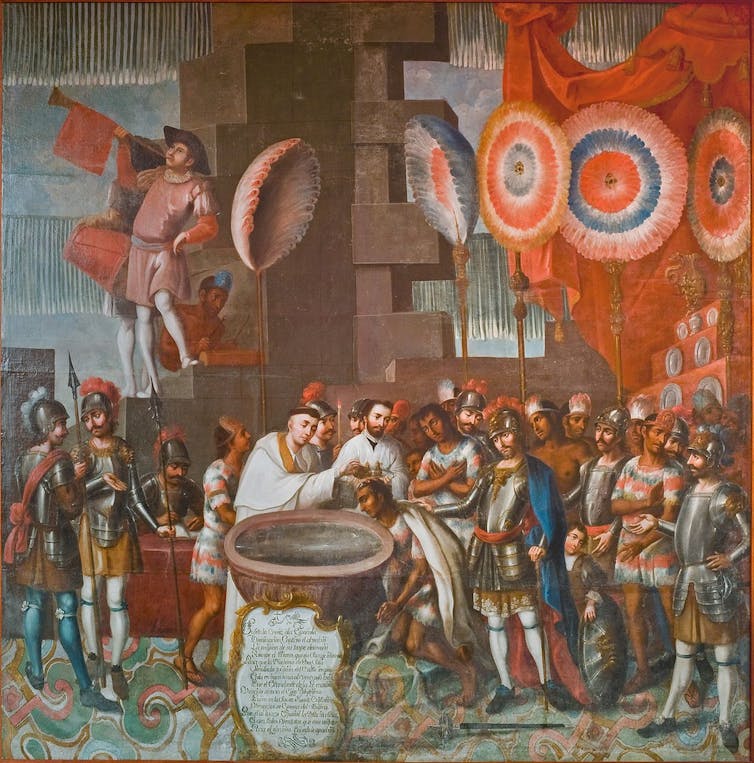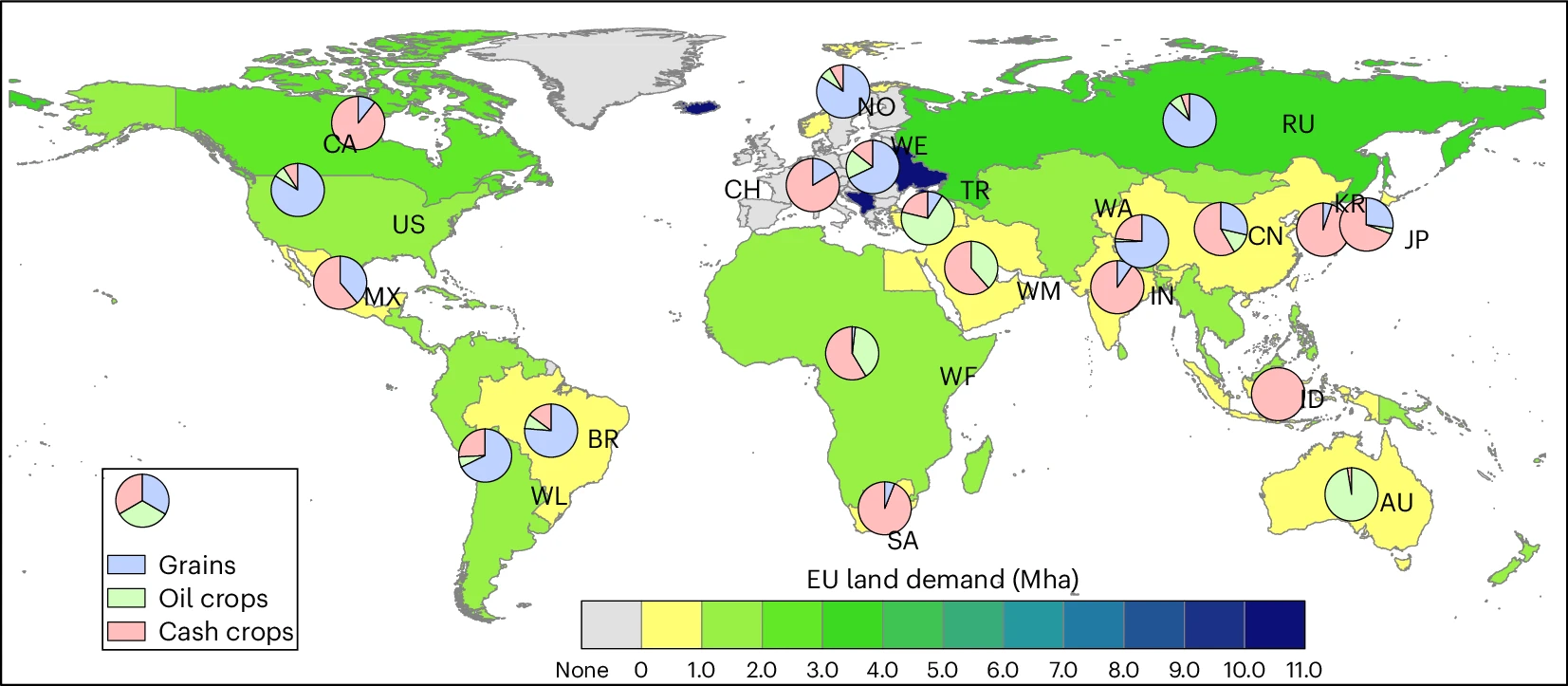Cellphone chats have become death sentences in the continuing, bloody factional war inside Mexico’s Sinaloa drug cartel. Cartel gunmen stop youths on the street or in their cars and demand their phones. If they find a contact who’s a member of a rival faction, a chat with a wrong word or a photo with the wrong...
World
Colombia’s River Guardians Battle to Protect the Atrato Amid Threats and Abandonment
Sediment and pebbles are all that’s left on the earth around much of Bernardino Mosquera’s small riverside community in northwest Colombia’s Choco region. Just a year ago, healthy shrubs and trees filled this important biodiversity spot teeming with species native to the land. But then illegal miners arrived, using their heavy machinery to dredge the...
How a Witch-Hunting Manual & Social Networks Helped Ignite Europe’s Witch Craze
The sudden emergence of witch trials in early modern Europe may have been fueled by one of humanity’s most significant intellectual milestones: the invention of the printing press in 1450. A recent study in Theory and Society shows that the printing of witch-hunting manuals, particularly the Malleus maleficarum in 1487, played a crucial role in spreading persecution across Europe. The study...
Accept Our King, Our God − or Else: the Senseless ‘Requirement’ Spanish Colonizers Used to Justify Their Bloodshed in the Americas
Diego Javier Luis, Johns Hopkins University Across the United States, the second Monday of October is increasingly becoming known as Indigenous Peoples Day. In the push to rename Columbus Day, Christopher Columbus himself has become a metaphor for the evils of early colonial empires, and rightly so. The Italian explorer who set out across the...
European Green Deal: A Double-Edged Sword for Global Emissions
The European Union aims to be carbon-neutral by 2050 as part of the comprehensive Green Deal that was agreed upon four years ago. However, an analysis of the policy documents outlining the practical measures of the Green Deal shows that it will decrease carbon emissions in Europe, but also increase carbon emissions outside of the...
Christie’s Establishes its First Saudi Arabia Outpost
Today, Christie’s became the first international auction house to establish a permanent commercial license to operate in Saudi Arabia. Noor Kelani will oversee the new location in her recently established role as managing director of Chrisie’s Saudi Arabia. According to a press release, she will head up client services for the fine art and luxury...
‘They’re Eating Pets’ – Another Example of Us Politicians Smearing Haiti and Haitian Immigrants
Republican vice presidential candidate JD Vance continues to defend the false claim that migrants in Springfield, Ohio, have been abducting and eating area cats and dogs. That outlandish idea has been thoroughly debunked since former President Donald Trump repeatedly raised it as an anti-immigrant talking point in the Sept. 12, 2024, presidential debate. Trump never...
New Study Questions the Theory of a Violent Invasion of the Iberian Peninsula in the Late Prehistory
A study by the Universitat Autònoma de Barcelona (UAB) and the University of Murcia (UM) challenges the theory that warrior groups with a ‘Steppe’ genetic component originating from Eastern Europe violently replaced the male population of the Iberian Peninsula some 4,200 years ago and presents a different scenario, in which groups with ‘Steppe’ ancestry mixed...
China’s Interests in Africa Are Being Shaped by the Race for Renewable Energy
China-Africa relations have deepened over the past two decades, characterised by increased economic cooperation, investment and infrastructure development. China is now Africa’s largest trading partner, with partnerships focused on building roads, railways and energy projects. As the ninth Forum on China–Africa Cooperation (FOCAC) kicks off this week in Beijing, a new, green theme is shaping...
The Biggest Diamond in Over a Century Is Found in Botswana — a Whopping 2,492 Carats
The largest diamond found in more than a century has been unearthed at a mine in Botswana, and the country’s president showed off the fist-sized stone to the world at a viewing ceremony Thursday. The Botswana government says the huge 2,492-carat diamond is the second-biggest ever discovered in a mine. It’s the biggest diamond found...






